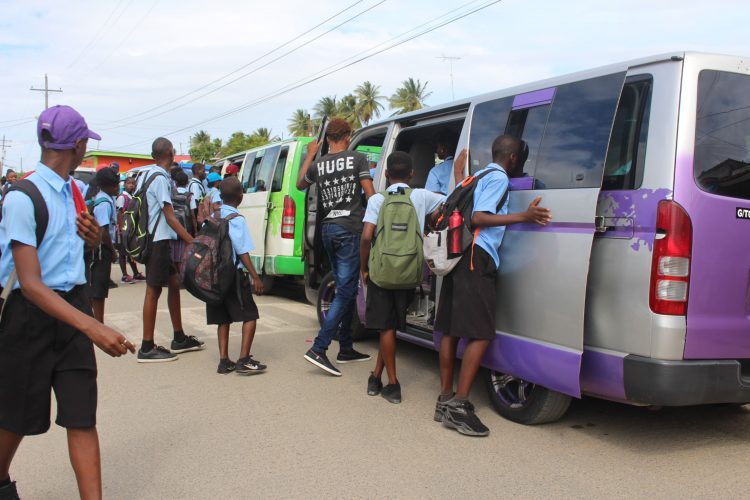More than a year after the global onset of the COVID-19 pandemic triggered the hurried region-wide closure of schools across Latin America and the Caribbean, the World Bank has said in a report released last week that the consequential “enormous losses in learning, human capital, and productivity, may translate into a decline in potential aggregate earnings for the region of US$1.7 trillion, or approximately 10 per cent of total baseline earnings.”
Highlighting the main points of the report, titled “Acting Now to Protect the Human Capital of Our Children,” the Bank says that what it describes as “an unprecedented education crisis” facing the region requires “immediate action to mitigate and reverse learning losses.”

The World Bank’s revelations are unlikely to come as a surprise to countries in the region, like Guyana, where the various stop-gap measures that have been put in place in an effort to stave off the worst excesses of the across-the-country closure of schools have done little to mitigate what the Bank clearly sees as a crisis. Here in Guyana, at the lower levels of schooling, particularly, thousands of children from various parts of the country have had no access to formal education since the closure of state schools in March last year. At the secondary level a combination of limited formal tuition and virtual curriculum delivery have been insufficient to furnish an adequate response to the gap left by the substantive cessation of the conventional classroom system.
The World Bank’s plethora of distressing figures reflective of the impact of the COVID-19 schools’ closure in the region includes the disclosure that as of February this year “about 120 million school-age children (in Latin America and the Caribbean) had already lost or were at risk of losing a full academic year of education, with serious educational impacts.” The release issued by the Bank further states that “learning poverty, defined as the percentage of 10-year-olds unable to read and understand a simple text, may have grown from 51 per cent to 62.5 per cent,” a figure that could be “equivalent to roughly 7.6 million additional ‘learning poor’ primary education school-age children in the region.”
“This is the worst educational crisis ever seen in the region, and we are worried that there could be serious and lasting consequences for a whole generation, especially for the most vulnerable sectors,” says Carlos Felipe Jaramillo, World Bank Vice President for Latin America and the Caribbean, even as the Bank’s Report urges governments in Latin America and the Caribbean to “act immediately to reverse the situation.” Contextually, the World Bank asserts that “countries must prepare for the safe and effective reopening of schools nationwide, with the necessary funding and tools to ensure that they can open without difficulties.”
In calling upon governments in the region to “take urgent actions to recover the lost ground and seize this opportunity to improve education systems by taking advantage of new technologies,” the World Bank says that initiatives targeting recovery “should focus on guaranteeing that all school-age children have access to reopened schools and creating the conditions for effective blended learning (the combination of face-to-face and remote learning in the same schools), which will become the new normal in the coming months.”
The Bank, however, is not unmindful of the challenges faced “at the regional level” where “fewer than 43 per cent of primary schools and fewer than 62 per cent of secondary schools have access to the Internet for educational purposes.”
The World Bank’s clinical assessment of the impact of the protracted schools closure on learning over “10 months of school closure,” (the entire academic year) is chillingly critical. In its release it states that “71 per cent of lower secondary education students may not be able to understand a text of moderate length,” noting that “before the pandemic the figure was 55 per cent. That percentage could rise to 77 per cent if schools remain closed for an additional three months,” the Bank says.
The Bank’s release goes further, asserting that “added to these negative impacts is the possibility that school dropouts could increase by at least 15 per cent due to the pandemic, as well as the interruption of services that many children received in schools, including meals for 10 million students in the region.” These are clear examples of the dramatic impact of school closures on students’ physical, mental, and emotional health, it warns.






